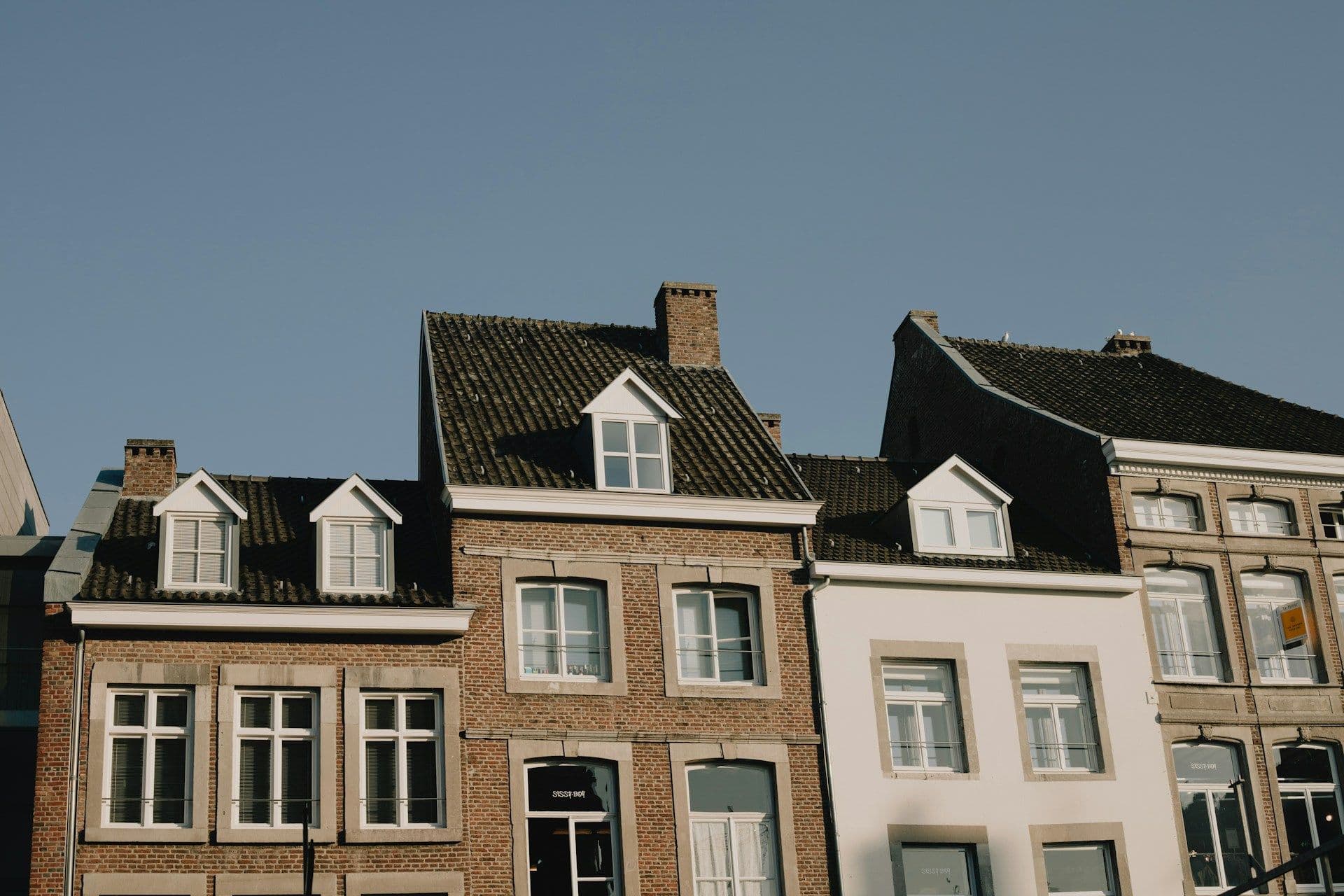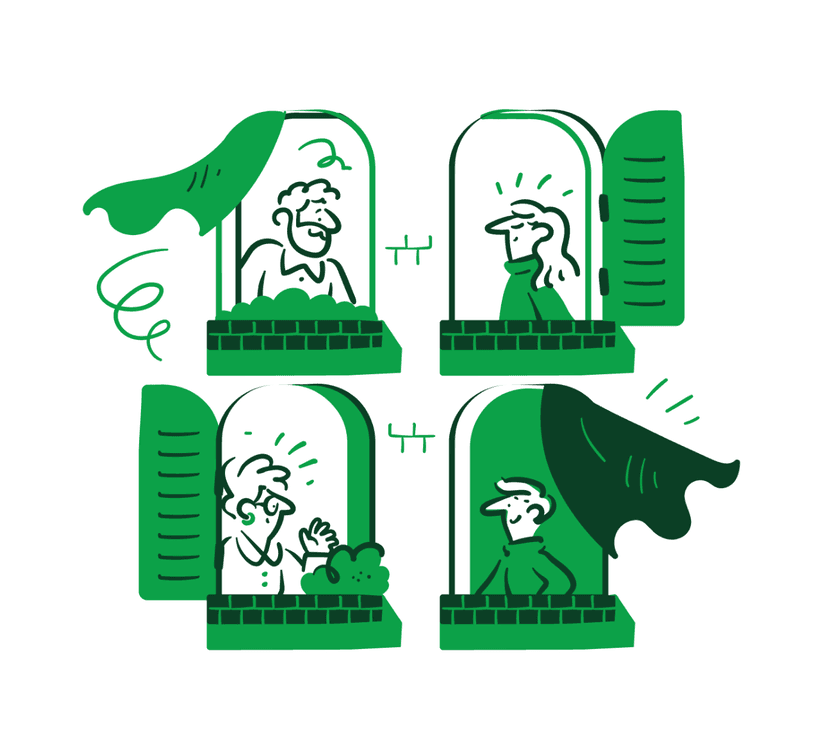How to Activate a Dormant VvE: Step-by-Step Guide

A simple guide for Dutch apartment owners
Does your building have a sleeping VvE? That’s when the homeowners’ association (Vereniging van Eigenaars) exists on paper but doesn’t actually do anything. No meetings, no budget, no insurance, no reserve fund.
The law says every apartment building must have an active VvE. The good news? Getting yours going again isn’t as scary as it sounds. Here’s how to do it, step by step, in plain English.
Step 1: Collect the basics
Before you can start, gather some simple info:
- The deed of division (splitsingsakte) and drawings that show how the building is split.
- A list of current owners (you can check with the Kadaster if you’re not sure).
- Any old documents: insurance papers, minutes, budget notes.
Don’t have everything? No stress. You can fill in the gaps later.
Step 2: Invite the owners
Every apartment owner is automatically a member. To get things rolling, send everyone a friendly invite for a first meeting.
Keep the agenda short and simple:
- Elect a board (at least one person, more if you like).
- Agree to register the VvE at the Chamber of Commerce (KvK).
- Decide on a bank account.
- Arrange insurance.
- Approve a simple budget and monthly contribution.
Step 3: Elect a board
You need at least one board member to represent the VvE. This person (or people) will take care of the paperwork and be the contact for the KvK, the bank, and insurers. In small buildings, it’s often just one or two owners wearing several hats.
Step 4: Register at the KvK
With a board in place, register (or update) your VvE at the KvK. It’s free and gives you an official registration number. You’ll need this to open a bank account and take out insurance.
Step 5: Open a VvE bank account
Your VvE needs its own bank account so money is kept separate and transparent. Every owner will pay their contribution here, and bills (insurance, cleaning, repairs) will come from this account.
Step 6: Arrange insurance
Most deeds require a building insurance policy (opstalverzekering) that covers the whole property. Liability insurance (WA) is also strongly recommended. Get quotes, pick a policy, and make sure everyone is covered.
Step 7: Set up a reserve fund
By law, every VvE must save money for future maintenance. You can:
- Create a maintenance plan (MJOP) and save based on that, or
- If you don’t have a plan yet, save at least 0.5% of the building’s rebuild value each year.
This reserve fund means you won’t be hit with huge surprise bills later.
Step 8: Approve a budget and contributions
Make a simple budget: insurance, cleaning, small repairs, reserve fund. Divide the costs between owners based on the shares in the deed. That gives you each owner’s monthly contribution.
If some costs aren’t clear yet, use best guesses. You can always adjust once real quotes arrive.
Step 9: Keep things moving
- Hold at least one meeting each year to approve the accounts and next budget.
- Keep documents (deed, insurance, budgets, minutes) in a shared folder so all owners can see them.
- Update the KvK whenever the board changes.
- Review insurance and the reserve fund each year.
The bottom line
Reactivating your VvE doesn’t have to be a headache. It’s about keeping your building safe, avoiding surprise costs, and protecting the value of your home.
That’s where we come in. We’ll activate your VvE for free, handling the paperwork, KvK registration, bank account, insurance, and reserve fund so you don’t have to.
And when our platform goes live, staying compliant will be effortless. You’ll have everything in one place: digital meetings and voting, reserve fund tracking, document storage, and even an AI chatbot that gives instant answers and automates the boring stuff.
Ready to get started? Email us at info@mijn-buur.nl and we’ll get in touch to set up your free VvE activation together.
More like this

How to Structure a VvE Annual General Meeting (AGM) Agenda
Organizing your VvE’s Annual General Meeting (AGM) for the first time? Dutch law requires every VvE to hold one each year, but knowing what belongs on the agenda can be confusing. This guide walks you through the standard structure step by step – from opening and quorum to approving the accounts, budget, maintenance plans, and board appointments – explaining which items are legally required and which are optional.

What is a VvE?
The VvE (Vereniging van Eigenaars, or Owners' Association) is the governing body for an apartment complex in the Netherlands. If you own an apartment, you automatically become a member.